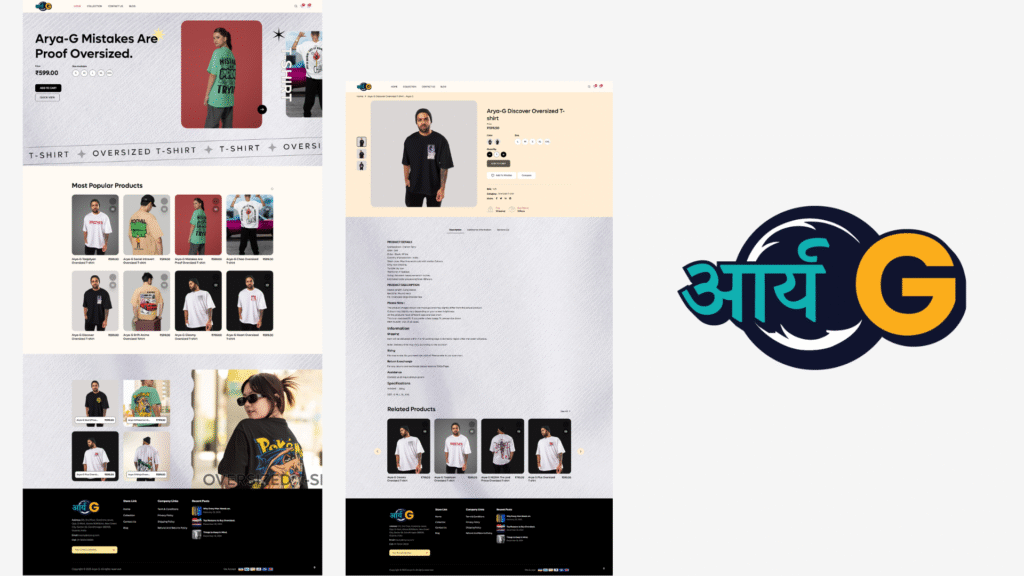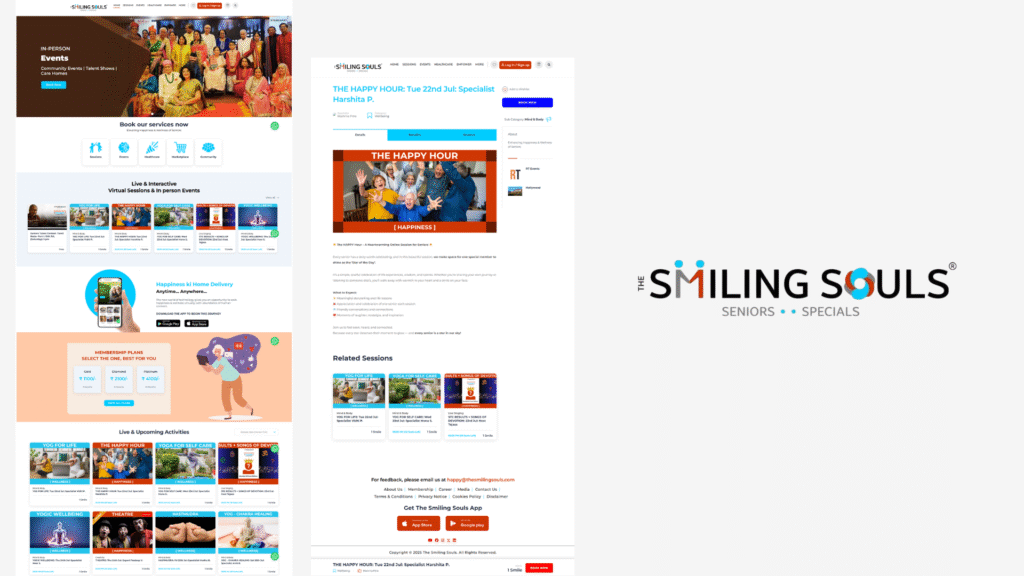Gutenberg vs Classic Editor: Which WordPress Editor Wins in 2025?
When it comes to building and managing a WordPress website, the choice of the post and page editor is crucial. Since its launch, WordPress has seen various updates to its editing experience, most notably the transition from the classic editor to Gutenberg. As of 2025, website owners, developers, and content creators often debate which editor delivers better usability, flexibility, and overall productivity. In this comprehensive guide, we’ll explore the differences between Gutenberg and the Classic Editor, their features, pros and cons, and help you decide which editor best suits your needs.
Understanding the Evolution of WordPress Editors
The Classic Editor: The Original Simplicity
The Classic Editor has been the default WordPress editing experience since the platform’s early days. It resembles a traditional word processor with a single editing box, offering a straightforward approach to creating content. Over years, it gained popularity due to its familiarity and simplicity, especially among non-technical users.
The Introduction of Gutenberg: Gutenberg Blocks Revolution
In 2018, WordPress introduced Gutenberg as its new block-based editor, marking a significant shift in how users create and manage content. Named after Johannes Gutenberg, the inventor of the printing press, Gutenberg aims to make content editing more flexible and visually appealing by breaking content into customizable blocks.
Key Features: Gutenberg vs Classic Editor
Interface and Usability
Classic Editor: The interface resembles a traditional text editor with a single editing window. It’s minimalistic and familiar, especially for users accustomed to classic CMS interfaces. It includes basic formatting options, media uploads, and a simple post structure.
Gutenberg: Features a block-based interface with a visual drag-and-drop experience. Each piece of content (paragraphs, images, videos, buttons, etc.) is a separate block, allowing for flexible customization. The interface is modern, intuitive, and highly visual.
Content Creation and Layout Flexibility
- Classic Editor: Limited layout options, mainly linear content creation. To create complex layouts, users often rely on third-party page builders or custom HTML.
- Gutenberg: Native block system enables users to create intricate layouts without additional plugins. Users can insert columns, galleries, tables, embeds, and more with ease.
Customization and Extensibility
Classic Editor: Supports plugins that add meta boxes and editor enhancements. Your editing experience is mostly static unless extensions are installed.
Gutenberg: Built with extensibility in mind. Developers can create custom blocks, and the editor comes with a rich API to enhance functionality dynamically.
Media Handling
Classic Editor: Media uploads and placement are straightforward, with buttons for inserting images or videos. However, managing multiple media items can become cumbersome.
Gutenberg: Media blocks allow for inline inserting and editing of images, videos, audio, and more. It offers a modern media management experience that integrates seamlessly with the content.
Learning Curve and User Experience
Classic Editor: Easier for beginners due to its simplicity. Many users are familiar with traditional editing interfaces, making the transition smoother.
Gutenberg: Slightly steeper learning curve initially, especially for users unfamiliar with block-based editing. However, it provides a more engaging and dynamic editing experience over time.
Pros and Cons of Each Editor
Classic Editor
- Pros:
- Simple and familiar interface
- Fewer distractions, minimalistic design
- Better compatibility with older plugins and themes
- Quick editing for straightforward posts
- Cons:
- Lacks advanced layout and design options
- Limited flexibility for complex content
- Requires plugins for modern features and customization
Gutenberg
- Pros:
- Modern, visual editing experience
- Native block-based layout for flexibility
- Extensible through custom blocks and third-party plugins
- Better media handling and embedding options
- Encourages innovative design and content layouts
- Cons:
- Slightly higher learning curve for new users
- Compatibility issues with some older plugins/themes
- Potential performance overhead with complex blocks or plugins
- Occasional bugs during updates
Compatibility and Ecosystem Considerations
Plugin Compatibility
While the Classic Editor enjoys widespread compatibility due to its long-standing presence, Gutenberg has improved significantly in recent years. However, some older plugins might not work perfectly with Gutenberg’s block system, requiring updates or replacements.
Web developers often customize Gutenberg with new blocks and features, making it more adaptable over time.
The Future of WordPress Editing
As of 2025, the WordPress community largely embraces Gutenberg as the future of content editing. The platform is actively developing new features, blocks, and improvements to enhance user experience. Meanwhile, the Classic Editor remains available through the Classic Editor plugin, providing a fallback for those who prefer it.
Deciding Which Editor Is Best for You in 2025
Best Use Cases for the Classic Editor
- If you prioritize simplicity and speed
- For websites relying heavily on legacy plugins or themes
- If your team is accustomed to traditional editing methods
- For quick content updates without layout complexities
Best Use Cases for Gutenberg
- If you want highly customized and visually appealing pages
- For creating complex layouts without external page builders
- If you are a developer or designer leveraging custom blocks
- To utilize modern media and embedding options
Practical Tips for Transitioning or Choosing an Editor
Switching from Classic to Gutenberg
If you are considering moving to Gutenberg, ensure that your themes and plugins are compatible. Test your website in staging environments before making a full switch. Utilize the Classic Editor plugin temporarily to prevent disruptions during transition.
Training and Support
Provide training for your team on how to use Gutenberg’s blocks effectively. Many online resources, tutorials, and official documentation are available to ease learning curves.
Conclusion: Embrace the Future of WordPress Editing
In 2025, the Gutenberg editor continues to gain momentum, offering a flexible, modern, and visually engaging way to create content. While the Classic Editor still holds value for simplicity and stability, the trajectory of WordPress development heavily favors Gutenberg’s innovations. Your choice depends on your website’s needs, technical expertise, and content goals. Embrace change, explore the features, and harness the full potential of your WordPress site with the right editor.
“Choosing the right editor is crucial for your website’s content strategy. With Gutenberg’s ongoing development, it’s clear that the future of WordPress is block-based.” — WordPress Expert



